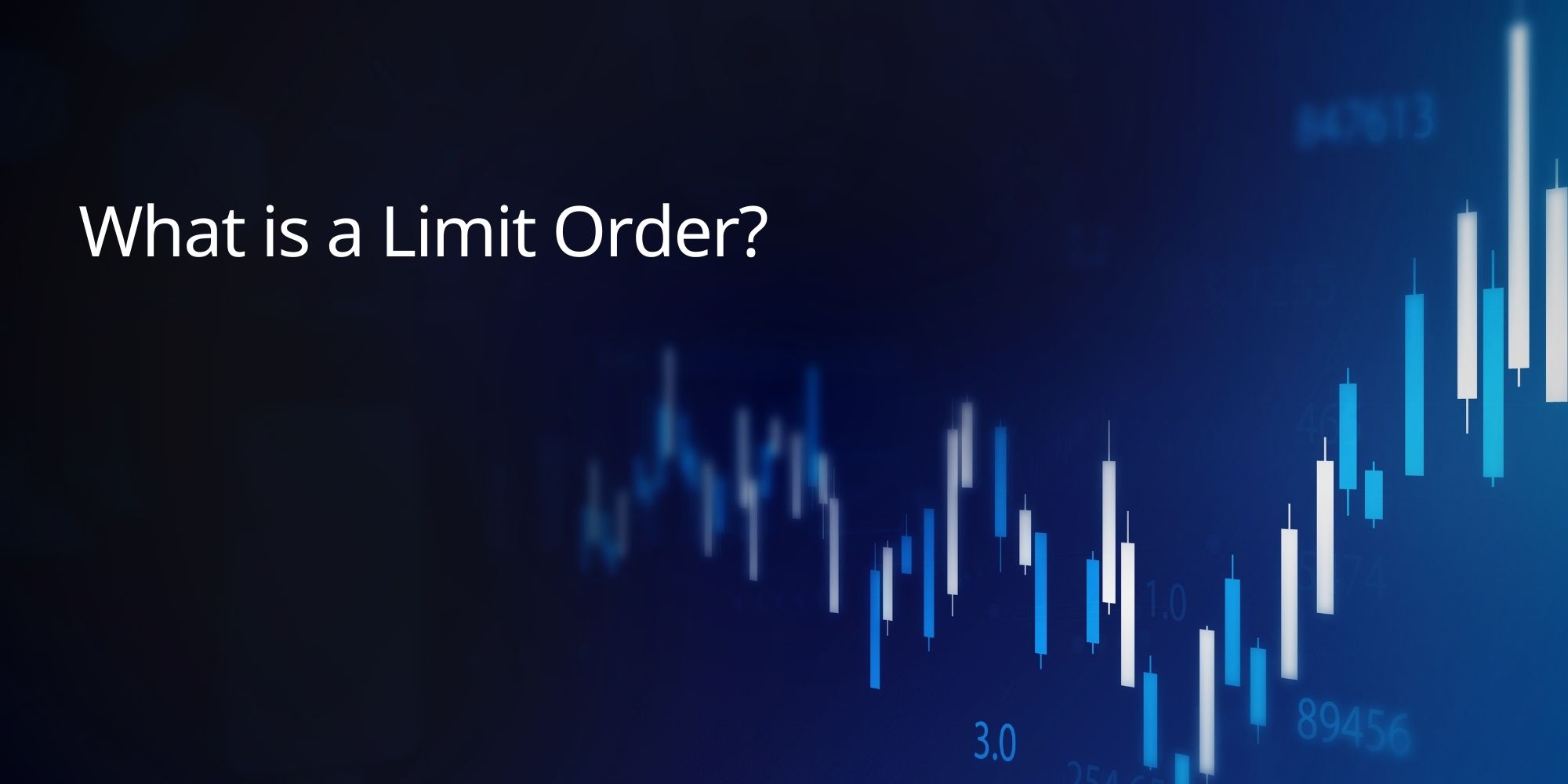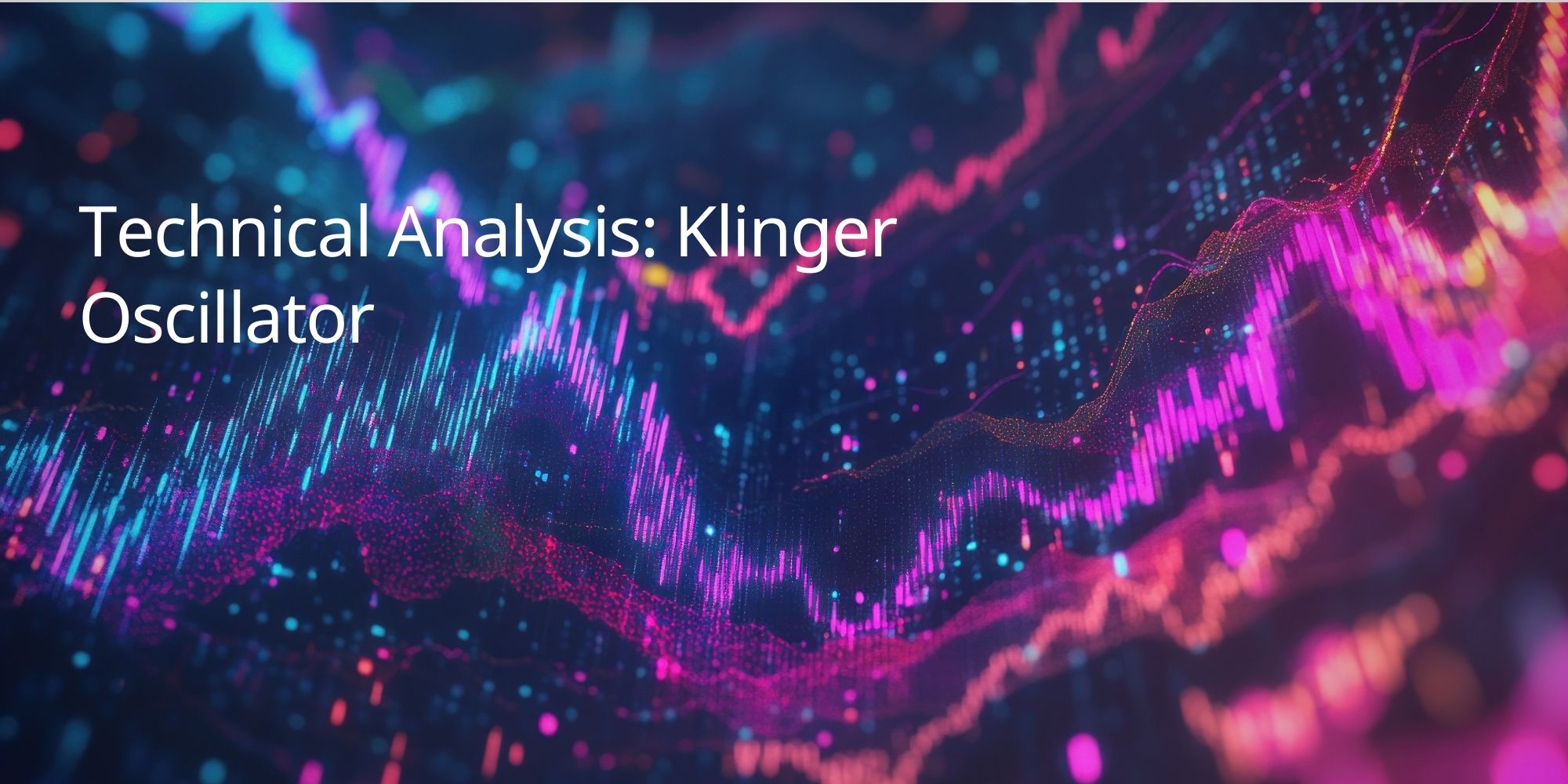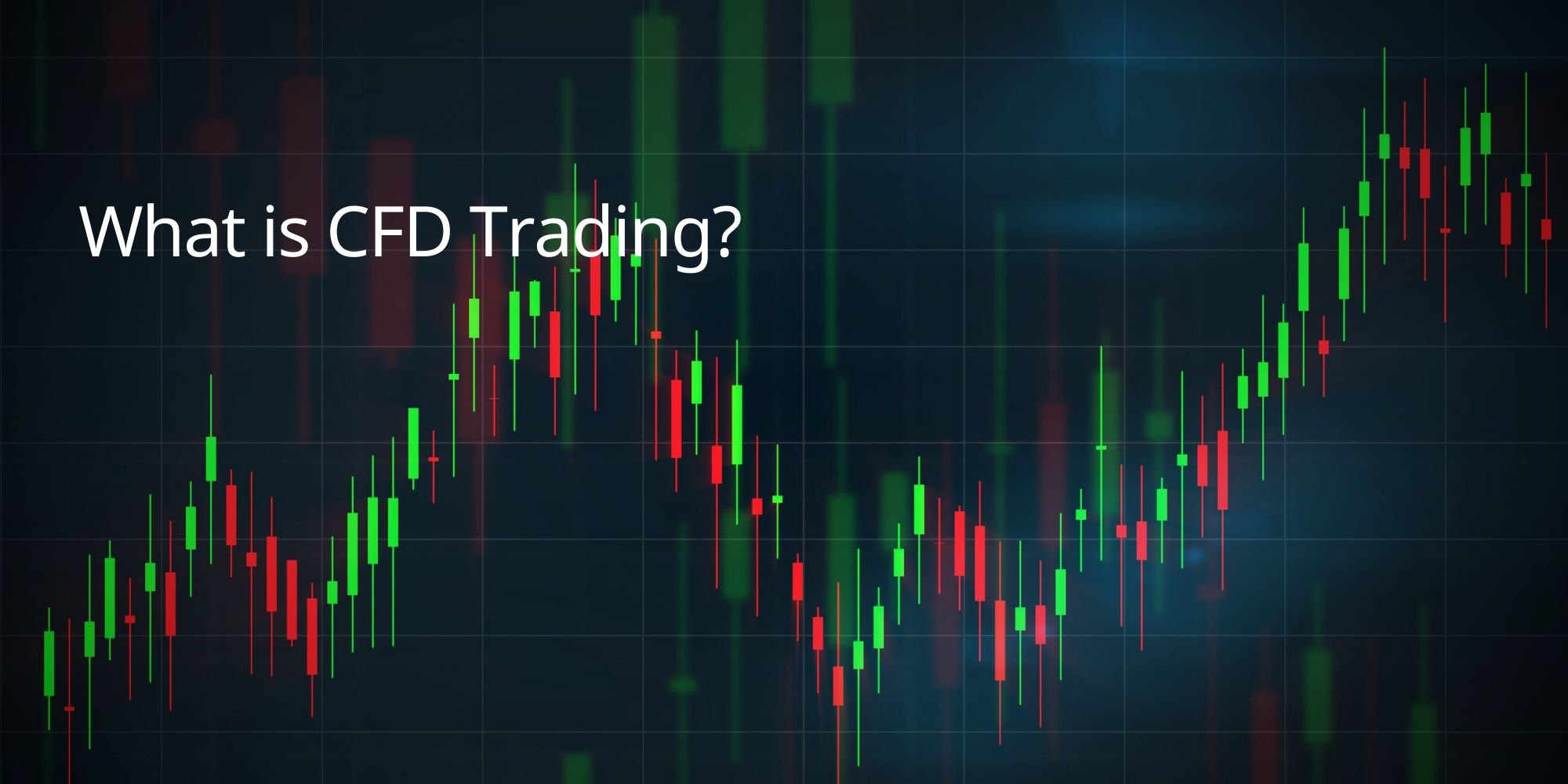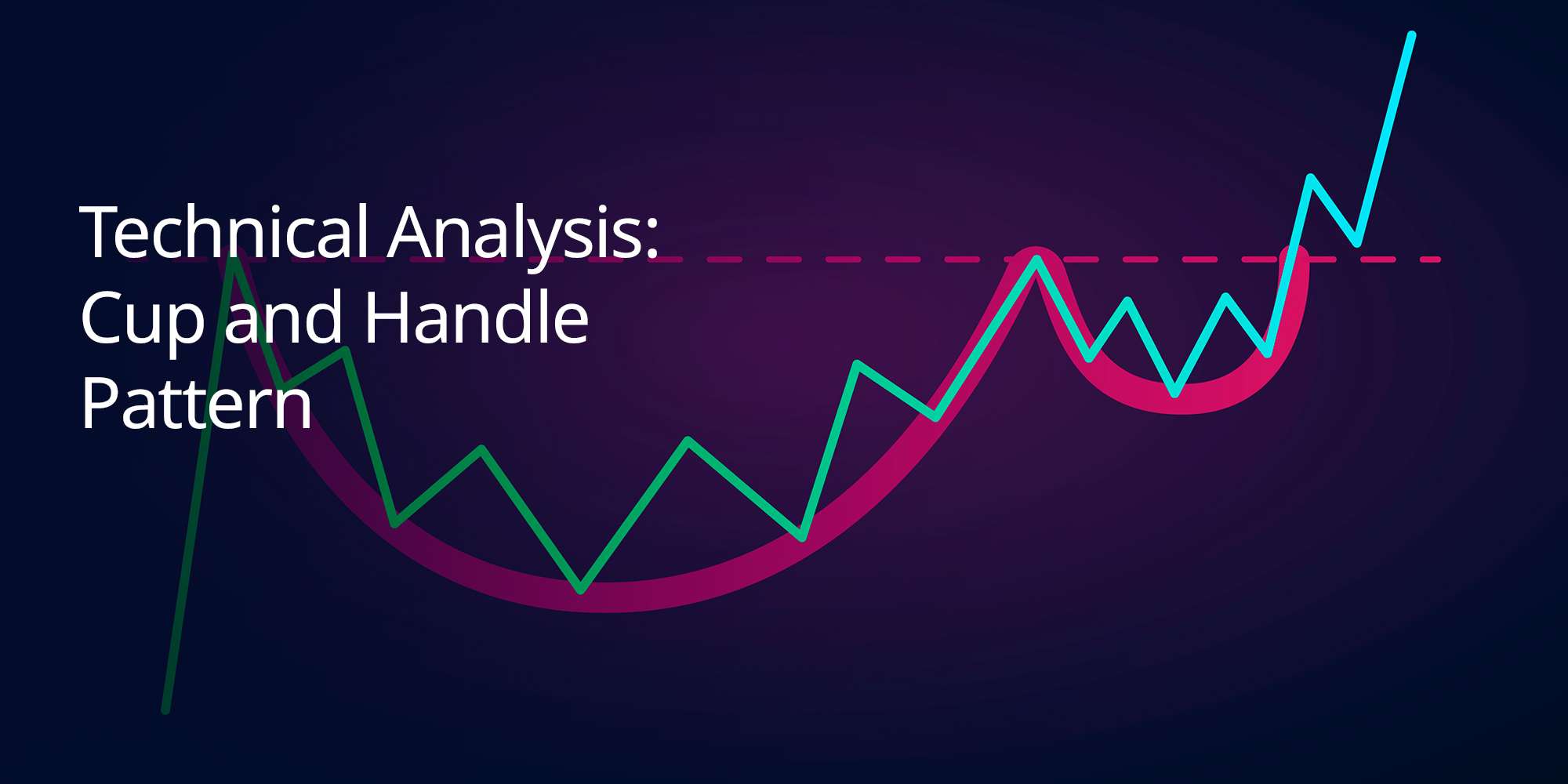Introduction
In the world of trading, limit orders offer a significant advantage: control. They allow traders to define the exact price at which they are willing to buy or sell an asset, helping to mitigate risk and avoid unexpected price fluctuations. This precision ensures you get the desired price and minimizes the risk of slippage.
This TradeSmart guide delves into the mechanics of limit orders. We’ll explore how they function, the benefits they offer, and how to strategically incorporate them into your trading approach. Learn the art of placing limit orders, selecting the appropriate order duration, and managing your trades with accuracy.
What is a Limit Order?
A limit order is a type of order that allows you to specify the exact price at which you want to buy or sell a security. It gives you more control over your trades and helps you avoid paying more or receiving less than you intended.
- Buy Limit Order: You set the maximum price you’re willing to pay for a security. Your order will only be filled if the market price reaches or falls below your limit price.
- Sell Limit Order: You set the minimum price you’re willing to accept for a security. Your order will only be filled if the market price reaches or rises above your limit price.
Benefits of Using Limit Orders:
- Price Control: Limit orders give you precise control over the price at which your trades are executed.
- Reduced Risk: They can help you avoid buying at inflated prices or selling at deflated prices.
- Slippage Protection: Limit orders can help prevent slippage, which is the difference between the expected price of a trade and the actual price at which it is executed.
Example:
Let’s say you want to buy shares of Apple (AAPL) at $170 per share. You could place a buy limit order at $170. Your order will only be filled if the market price of AAPL reaches $170 or lower.
Using Limit Orders Effectively:
- Set Realistic Prices: Your limit prices should be realistic and based on your analysis of the market.
- Monitor Your Orders: Keep an eye on your limit orders and adjust them as needed based on market conditions.
- Combine with Other Strategies: Use limit orders in conjunction with other trading strategies and risk management tools.
TradeSmart’s advanced trading platforms allow you to place and manage limit orders with ease. Our platforms provide real-time quotes, charting tools, and order management features to help you execute your trading strategies effectively.
How Does a Limit Order Work?
A limit order gives you more control over the price at which your trade is executed. Here’s a step-by-step explanation of how limit orders work:
- Choose the Security: Select the stock, currency pair, or other asset you want to trade.
- Set the Limit Price:
- Buy Limit Order: Set the maximum price you’re willing to pay.
- Sell Limit Order: Set the minimum price you’re willing to accept.
- Specify the Quantity: Enter the number of shares or contracts you want to buy or sell.
- Choose the Order Duration:
- Day Order: The order expires at the end of the trading day if it’s not filled.
- Good-til-Canceled (GTC): The order remains active until you cancel it or it’s filled.
- Immediate or Cancel (IOC): The order is filled immediately for the available quantity at your limit price or better. Any remaining quantity is canceled.
- Submit the Order: Once you’ve entered all the details, submit your limit order through your trading platform.
- Order Execution: Your broker will monitor the market and execute your order when the market price reaches your limit price or better.
Why Do You Use Limit Orders?
Limit orders are a valuable tool for traders who want more control over their trades and to manage risk effectively. Here are some key benefits of using limit orders:
- Price Control: Limit orders allow you to set the exact price at which you want to buy or sell an asset. This ensures that you don’t pay more or receive less than you intended, even in volatile market conditions.
- Risk Management: Limit orders can help you manage risk by setting clear price thresholds for your trades. This can help you avoid significant losses if the market moves against you.
- Planned Entries and Exits: You can use limit orders to plan your entry and exit points in advance. This allows you to execute your trading strategy without needing to constantly monitor the market.
- Slippage Protection: Limit orders help prevent slippage, which is the difference between the expected price of a trade and the actual price at which it is executed. This can be especially important in fast-moving markets.
- Enhanced Trading Strategies: Limit orders can be used to implement various trading strategies, such as scalping, where traders aim to profit from small price movements.
- Cost Efficiency: By allowing you to set your desired price, limit orders can help you get better prices on your trades and reduce your overall trading costs.
- Increased Market Participation: Limit orders allow you to participate in the market even when you’re not actively monitoring it. You can set your orders and let the market do the work for you.
- Improved Trade Execution: Limit orders increase the likelihood of your orders being filled at your desired price, especially in volatile or illiquid markets.
Limit Order Durations
When you place a limit order, you can specify how long you want the order to remain active. This is called the “order duration” or “time in force.”
Here are the most common order duration options:
- Day Order: This is the most common type of order duration. The order will stay active until the end of the current trading day. If the order is not filled by the end of the day, it will be automatically canceled.
- Good-til-Canceled (GTC): A GTC order remains active until it is either filled or canceled by you. This is a good option if you’re not in a hurry to have your order filled and are willing to wait for the market to reach your limit price.
- Immediate or Cancel (IOC): An IOC order is filled immediately for the available quantity at your limit price or better. Any portion of the order that cannot be filled immediately is canceled. This is useful if you want to ensure that you get your desired price and are not willing to wait for the full order to be filled.
- Fill or Kill (FOK): An FOK order is similar to an IOC order, but the entire order must be filled immediately at your limit price or better. If the entire order cannot be filled immediately, the entire order is canceled. This is useful if you need to buy or sell a specific quantity of an asset at a specific price and are not willing to accept partial fills.
Choosing the Right Order Duration
The best order duration for you will depend on your trading strategy and your specific needs.
- Day orders are suitable for most traders who want to place orders that will be filled within the current trading day.
- GTC orders are useful for traders who are willing to wait for their orders to be filled and don’t want to worry about them expiring.
- IOC and FOK orders are more specialized and are typically used by traders who need to have their orders filled immediately at a specific price.
Conclusion
For traders seeking to manage risk and execute trades with pinpoint accuracy, limit orders are indispensable. By grasping the workings of limit orders and employing them strategically, you can enhance your trading performance and move closer to your financial objectives.
TradeSmart equips you with the platform and resources needed to become proficient with limit orders and elevate your trading skills. Our advanced trading platforms, educational materials, and market insights empower you to:
- Place and manage limit orders seamlessly.
- Determine the optimal order duration for your trading strategy.
- Integrate limit orders with other trading tools and techniques.
- Make well-informed trading decisions and navigate the markets with assurance.
Ready to take the reins of your trades? Visit TradeSmart.com today and unlock the potential of limit orders.
Start Trading




